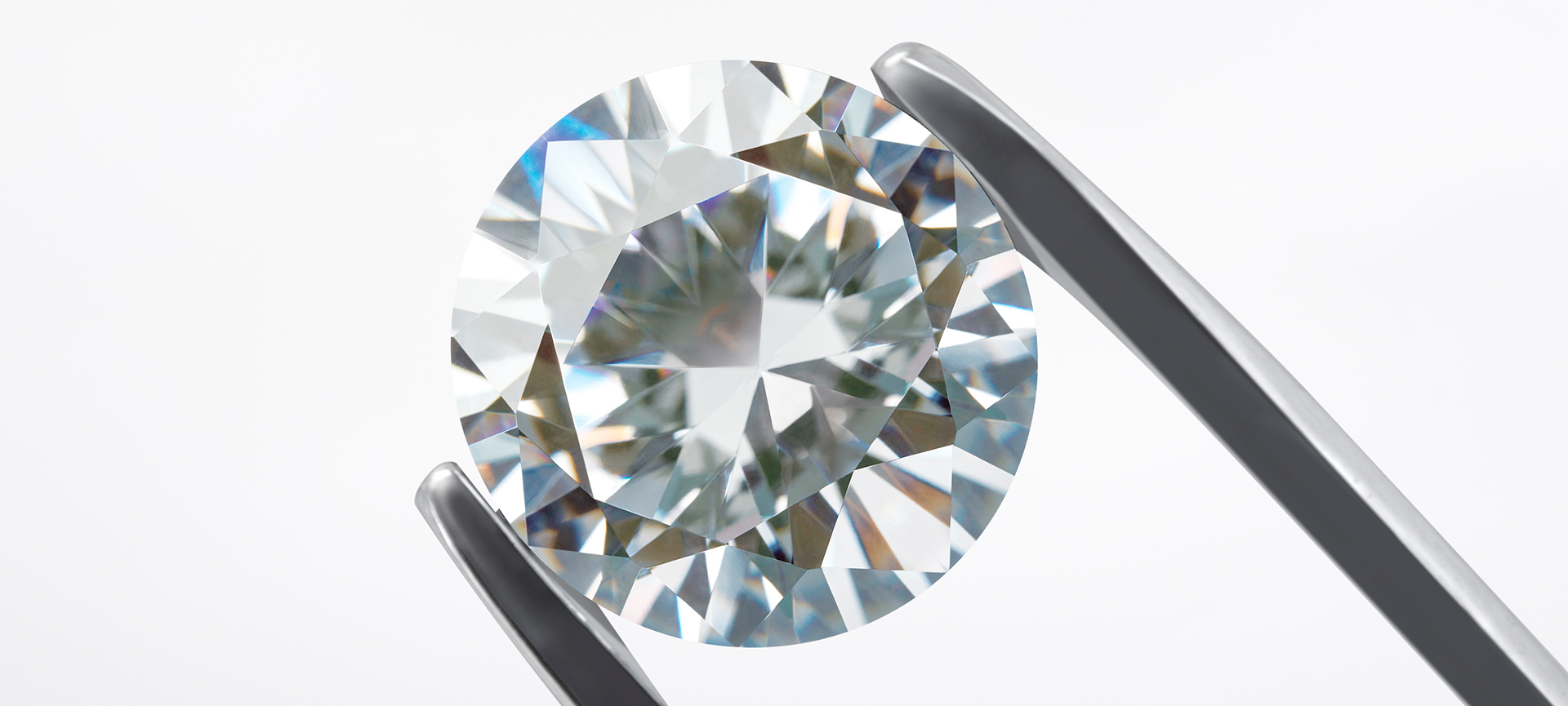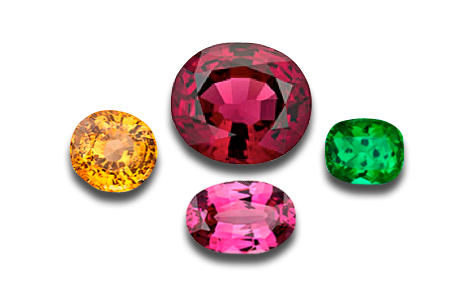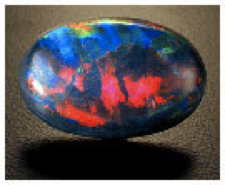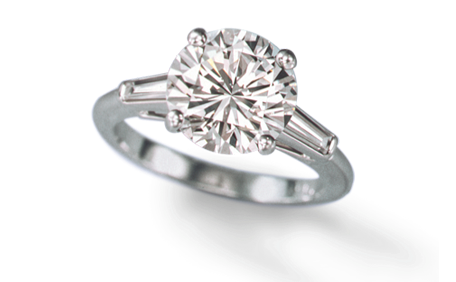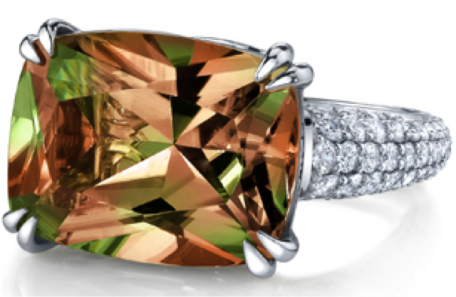May’s birthstone is the brilliant, green emerald. Legends gave the emerald the power to make its wearer more intelligent and quick-witted and its the gemstone for 20th and 35th wedding anniversaries. It was once believed to cure diseases like cholera and malaria, and its color reflects new spring growth, which makes it a perfect choice of a birthstone for the month of May. (more…)
